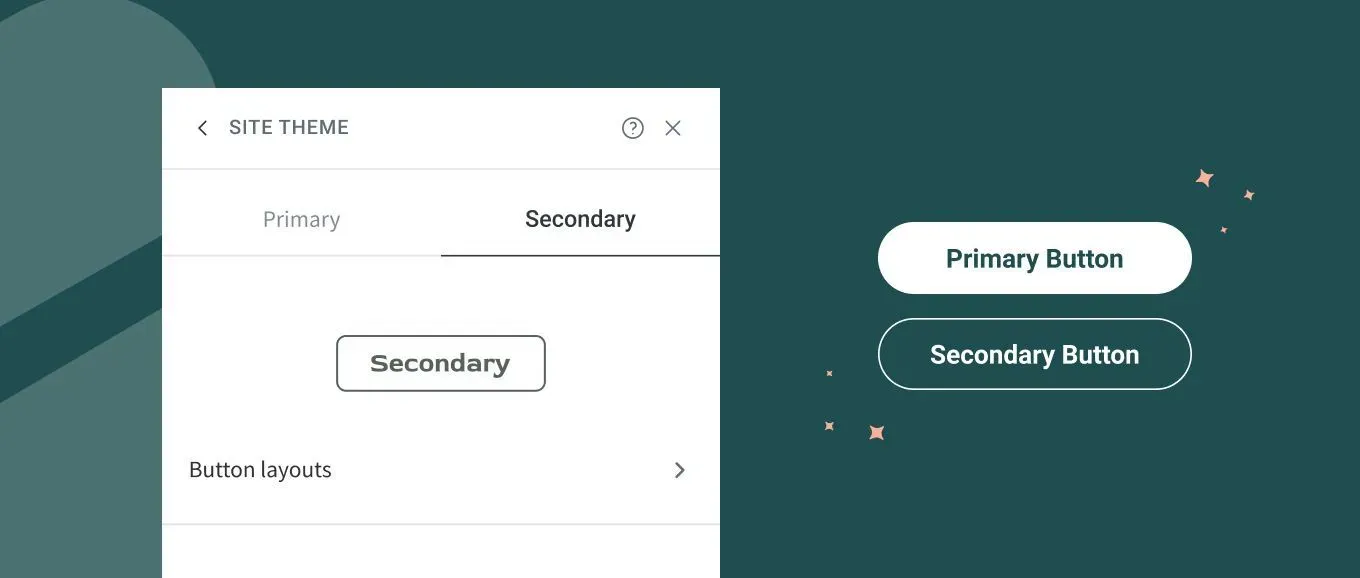To achieve any level of success with your website, you need to be able to identify, understand and improve key website engagement metrics. But what do we mean by key website engagement metrics?
Website engagement metrics measure what users are actually doing on your website. Web analytics platforms like Google Analytics offer some standard engagement metrics like average time spent on page, conversion rates, session duration and many more.
Although there are lots of different website engagement metrics you can keep track of, we believe the following are the most important website engagement metrics for both SEO and conversion success.
Traffic From Unique Visitors
You have to drive people to your website, right? Through bespoke content, a thought out SEO strategy, paid marketing, etc. Measuring unique visitors should be added into your smart strategy so you can see how many people are coming to your website. It’s a key measurement of website traffic. Oh, and it also influences your website's SEO rankings. In case you didn't know, Google believes pages with high traffic rates are more useful, therefore ranking them higher in search results.
If you're interested in learning more about the SEO tricks you can apply to your website today to improve your Google rankings, check out our blog here.
Conversion Rate
To put it simply, conversion rate is the percentage of visitors to your website or landing page that convert (aka, do what you want them to do). Conversion rate allows you to see how a specific page is performing and you can test and measure the journey your customers have to get to the checkout.
Conversion rate is critical because conversions (whether that is purchasing an item, requesting more information, downloading content in exchange for an email address etc) are, ultimately, the entire purpose of a website. So it important for you to understand your conversion rates and how you can improve them or maintain them.
In Google Analytics, you can set up goals for your customers. For example, when users click the call to action (CTA) on the homepage of your website or download an eGuide. We advise you set up multiple goals and then track them, observe what users do once they are in your website. If you would like to know more about creating the best CTAs for your website to boost your conversion rate, check out our blog here.
Bounce Rate
Bounce rate is the percentage of visitors to a website who navigate away from the website after viewing only one page. If the bounce rate is high, it likely means that the page didn’t deliver.
Bounce rate is a good metric to help determine whether an advertising campaign is drawing the right visitors. If the bounce rate is high on the landing page for a campaign, then maybe the visitors aren’t the right ones to target — or the landing page might need some re-working. Plus, Google uses this information in search rankings. Pages with high bounce rates typically get dinged on search rankings.
Pageviews
This simply means the number of users visiting a particular page. Every time a user opens or refreshes a page, that’s a pageview. Pageviews are an effective metric to determine any trends of pageviews overtime and see which pages are the most popular with your customers.
Time Spent on Page(s)
This metric is pretty straight forward, and is pretty self explanatory. It simply measures the time the web visitor spends on a particular page. For example, three seconds on a 2,100-word blog suggests the visitor didn’t find the content interesting or worth their time. A short time spent on a page could also indicate that the page was too hard to journey through or it loaded too slowly for your visitor.
Session Duration (Average)
The average session duration is derived from the total time users spend on the website over a period of time divided by the total number of sessions over that time bracket.
This metric can help provide information about how long users spend on the website before closing their browser or navigating away from the website. Please note: the average session duration doesn’t have to be long, what you need to focus on is that the users spend enough time on the website to convert to a paying customer.
Cart Abandonment Rate
The cart abandonment rate is a metric that can be set up in Google Search Console as a conversion goal. On the Avanty Advanced eCommerce package, this rate is automatically tracked and will send a reminder email to the site visitor about items left in a shopping cart.
Why is cart abandonment rate important? It's important because it shows you where things break down in your eCommerce stores flow. You need to understand why customers are abandon the cart by asking yourself if the price is too high in the end, if shipping is too expensive or is something in the checkout making it difficult for your customers to put their payment details in etc.
Critical SEO Metrics: Core Web Vitals & Pagespeed
Google Core Web Vitals can now be measured through Google Search Console. Core Web Vitals measure whether a website provides a good user experience by using the key metrics Google determines most important. These metrics are becoming more important to Google rankings in the near future, so it put in the work now and see your website at the top of Google search.
When it comes to the success of your website, all of these website engagement metrics are important. Be sure to understand how they work together to ensure your website remains at the top of Google's search results and you get what you want out of your website.
Watching These Metrics + Action = Success
When it comes to your website success, all of these website engagement metrics matter. Be sure to understand how they work together for you to know what’s working for your customers and what’s not.

-
Features
-
Useful Links
-
Reasources
-
Help & Support
-
The Legal Stuff
-
Contact Us
RESOURCES
CONTACT US
Gateway House, Grove Park
Leicester, LE19 1SY


